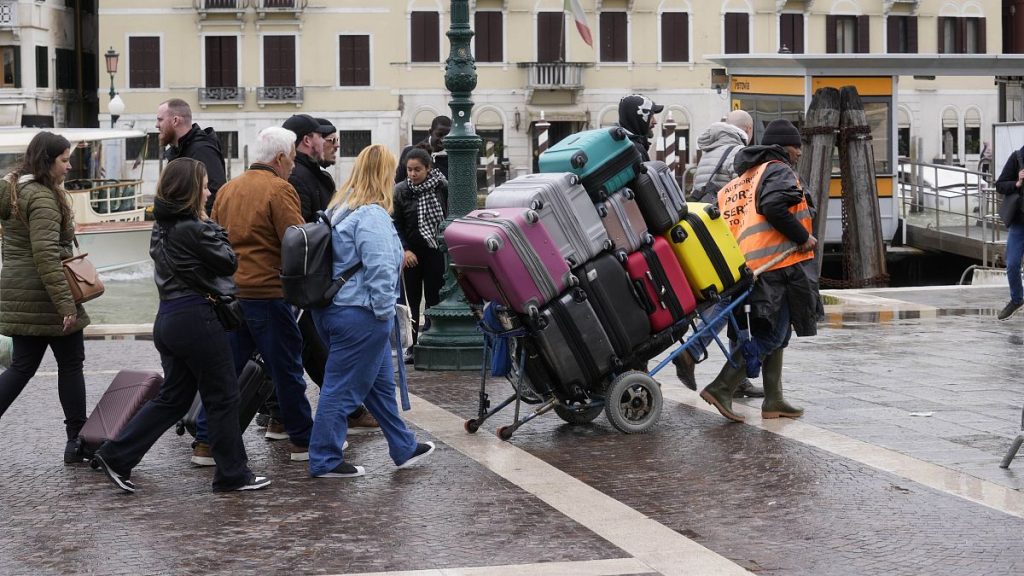Starting this year, tourists visiting Venice will be required to pay an entry fee to the historic city center in an effort to tackle overtourism. The fee, set at €5, will be enforced on 29 days between April and mid-July, with fines starting at 10 times the ticket price for those who fail to pay. The municipal councillor for tourism, Simone Venturini, stated that the goal is to find a new balance between tourists and residents, safeguarding space for locals and discouraging day trippers on crowded days. The program aims to reduce overcrowding, encourage longer visits, and improve the quality of life for Venice residents.
Officials in Venice have avoided calling the entry fee a tax and have assured visitors that there will be no physical barriers or turnstiles for entry. Stewards will be available at the main train and bus stations to remind tourists of the new requirement and assist those who need help with downloading the required QR code. Payment points will also be available for those without smartphones. While the aim is to provide a more sustainable tourism experience, some locals remain skeptical about the impact of the fee, questioning where the generated income will be allocated. Residents like Nicola Ussardi expressed concerns about the city’s decaying infrastructure, as many houses are left abandoned while residents continue to leave, leading to a dwindling population.
Venice has long struggled with the negative effects of overtourism, with estimates of 25 to 30 million annual visitors before the pandemic. Officials hope that the pilot project will provide more accurate figures and help alleviate the strain on the city. While the charge does not apply to visitors staying in Venice, including those in the mainland districts of Marghera and Mestre, officials are optimistic that the program will help distribute tourism more evenly throughout the year and create a better balance between tourists and residents. The entry fee and fines are part of a larger effort to address the challenges posed by mass tourism and preserve the cultural and environmental integrity of Venice.
Critics of the entry fee argue that it may not have the desired impact on the city, and that the government should focus on addressing the root causes of issues such as abandoned buildings and declining population. The success of the pilot project will likely be closely monitored to determine its effectiveness in reducing overcrowding and improving the overall visitor experience in Venice. The initiative is part of a broader strategy to rethink tourism management in the city and ensure that future generations can continue to enjoy Venice’s unique heritage and beauty.
Overall, the introduction of an entry fee and fines for tourists in Venice represents a significant step in the city’s efforts to combat overtourism and protect its cultural heritage. While some concerns remain about the implementation and impact of the program, officials are hopeful that it will lead to a more sustainable tourism model that benefits both visitors and residents. By finding a new balance between tourists and locals, Venice aims to ensure the long-term viability of its tourism industry while preserving the city’s historic charm and quality of life for its inhabitants.















